Japanese Friendship Dolls: 1927 Ambassador Doll Exchange Program Between Japan and the United States
Sidney Gulick's birthplace: map of Ebon Atoll with place names of 14 of Ebon's 22 islands: EVS-Islands, CC BY 2.0, via Wikimedia (captions in Marshall Islands orange [252-124-0] and black by Derdriu) @ https://commons.wikimedia.org/wiki/File:Ebon_Atoll_Map.jpg
Channel into Ebon Atoll, Sidney Gulick's birthplace; southernmost point of Pacific Ocean's Marshall Islands: J Kubarry-Die Ebongruppe (1875), page 34, Public Domain, via Biodiversity Heritage Library @ https://www.biodiversitylibrary.org/page/35398943
Empress Kōjun (March 6,1903–June 16, 2000) with princesses and tiered dolls during Japan's annual Doll Festival, c1940: Public Domain, via Wikimedia Commons @ https://commons.wikimedia.org/wiki/File:Empress_Kojun_and_Princesses.jpg
woodcut by Utagawa Kunikazu (Osaka printmaker active circa 1849-1867): Library of Congress, Public Domain, via LOC Prints/Photographs-Fine Prints: Japanese, pre-1915 @ https://www.loc.gov/pictures/item/2008680227/
spring3901, "The Blue Eyed Doll(青い眼の人形," YouTube, June 6, 2009, @ https://www.youtube.com/watch?v=ogE2_9BcKGo
undated portrait of Eiichi Shibusawa, 1st Viscount Shibusawa, organizer of gift of 58 Japanese ambassador dolls: Public Domain, via Wikimedia Commons @ http://en.wikipedia.org/wiki/File:Eiichi_Shibusawa.jpg
Ichimatsu ningyō: traditional dress-up dolls originating in mid-Edo period (18th century): Ellie from Tokyo, Japan, CC BY 2.0, via Wikimedia Commons @ https://en.wikipedia.org/wiki/File:Ichimatsu_ningyō.jpg
Miss Yokohama-shi, Denver Doll Museum: Piotrus, CC BY-SA 3.0, via Wikimedia Commons @ https://commons.wikimedia.org/wiki/File:Denver_doll_museum_012.JPG
Miss Shimane friendship ambassador doll, Children's Museum of Indianapolis: Daniel Schwen, CC BY-SA 3.0, via Wikimedia Commons @ https://en.wikipedia.org/wiki/File:Miss_Shimane_1.jpg
back view of Miss Shimane, Children's Museum of Indianapolis: Daniel Schwen, CC BY SA 3.0, via Wikimedia Commons @ https://commons.wikimedia.org/wiki/File:Miss_Shimane_4.jpg
Miss Kagawa at North Carolina Museum of Natural Sciences, Raleigh: Chris Short (Chris_Short), CC BY-SA 2.0, via Flickr @ https://www.flickr.com/photos/chris-short/4328627350/
Taubman Museum of Art, Roanoke, southwestern Virginia: Hrag Vartanian (hragv), CC BY-ND 2.0, via Flickr @ https://www.flickr.com/photos/hragvartanian/3003824912/
Yokohama Doll Museum: Blossom and other American blue-eyed dolls reside permanently here: naitokz, CC BY-ND 2.0, via Flickr @ https://www.flickr.com/photos/naitokz/1182860868/
Pittsburgh's Miss Kochi: 顔なし, CC BY-SA 2.0, via Flickr @ https://www.flickr.com/photos/tasteful_tn/2922473029/
US dolls for Japanese children; 1927 image, Bain News Service: Library of Congress, No known publication restrictions, via LOC Prints & Photographs Online Catalog (PPOC) @ https://www.loc.gov/pictures/item/2014706858/
January 3, 1920 image by National Photo Company: Library of Congress, Public Domain, LOC Prints & Photographs-National Photo Company Collection @ https://www.loc.gov/pictures/item/2016827343/
"Christmas morning," c1896 photographic print on cabinet card by Kaufmann & Strauss Co.: Library of Congress, Public Domain, LOC Prints/Photographs @ https://www.loc.gov/pictures/item/90710710/


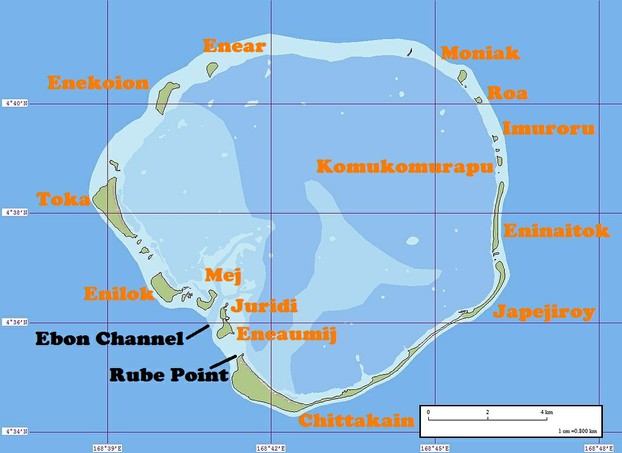
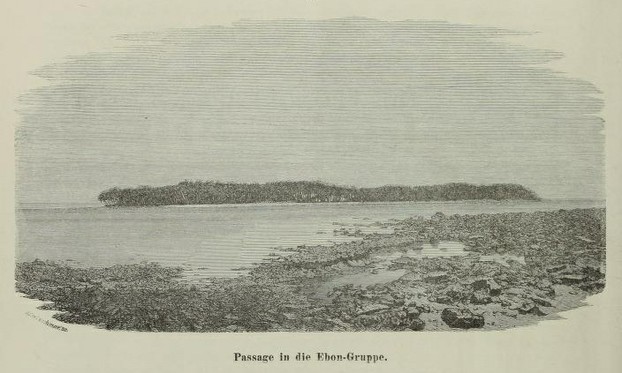
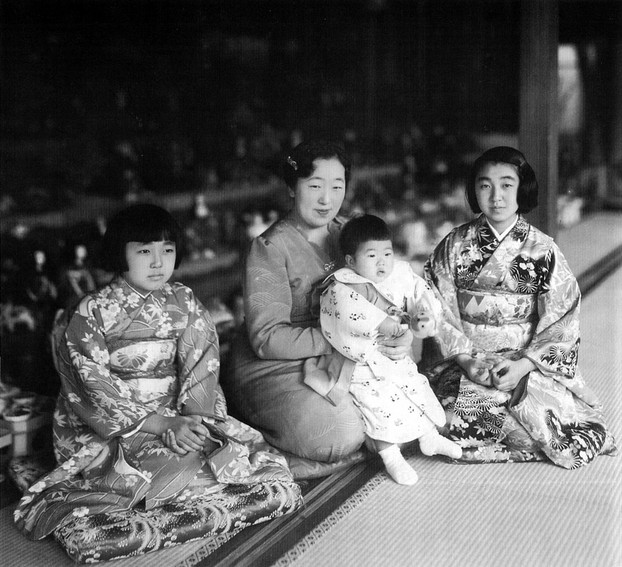
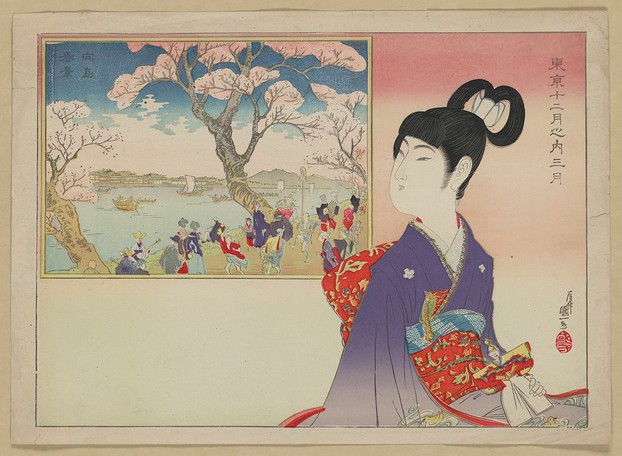
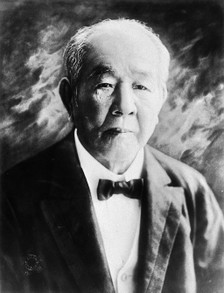
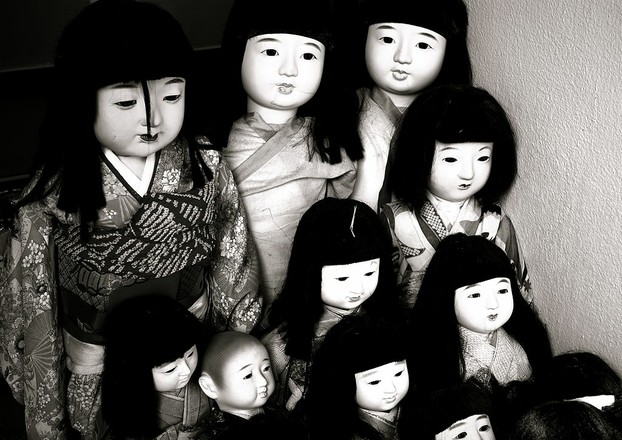
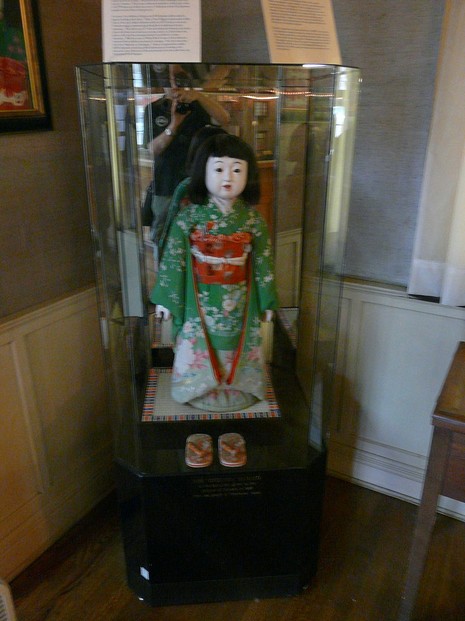
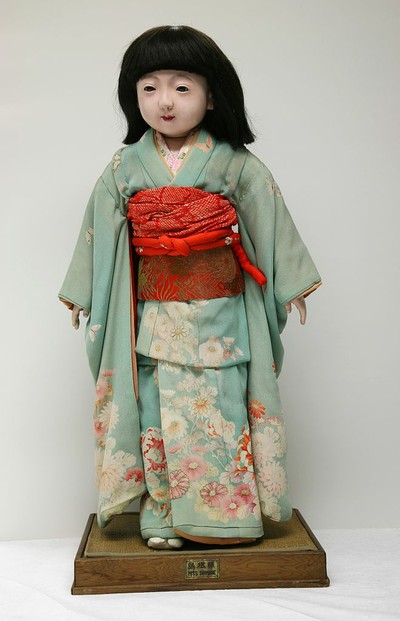
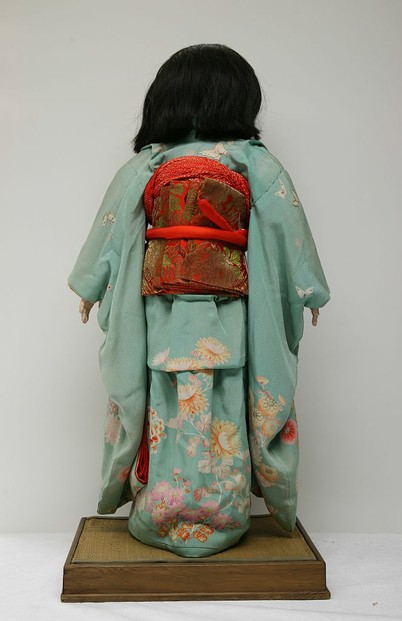
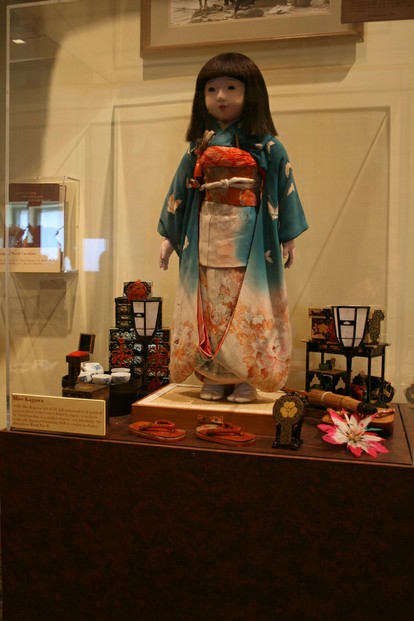
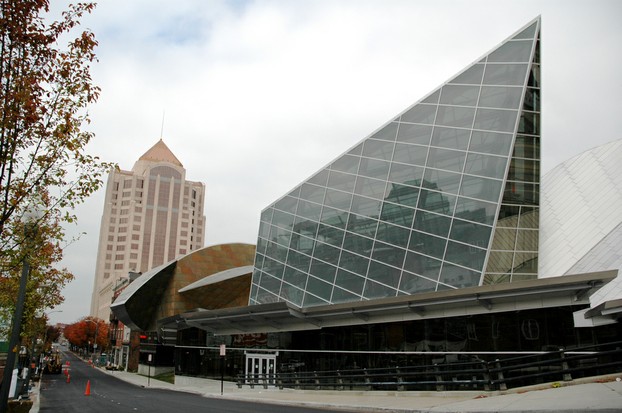
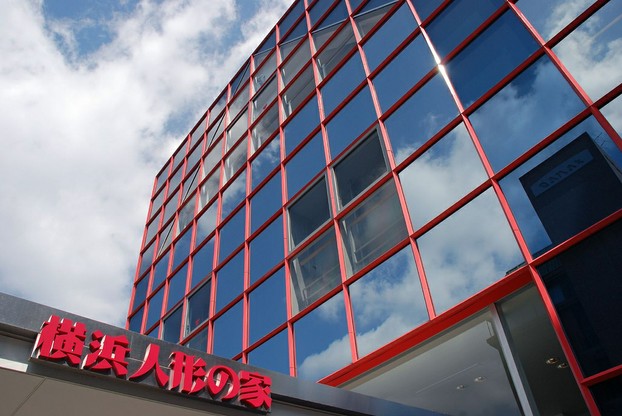
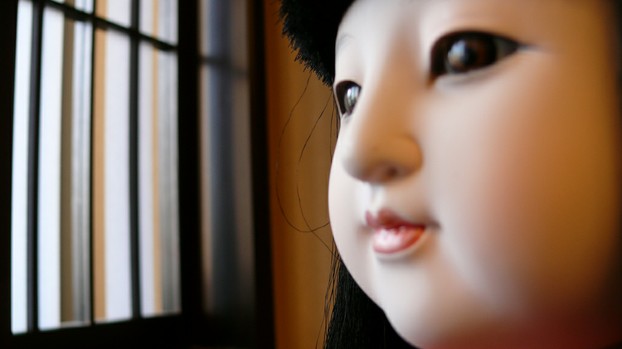
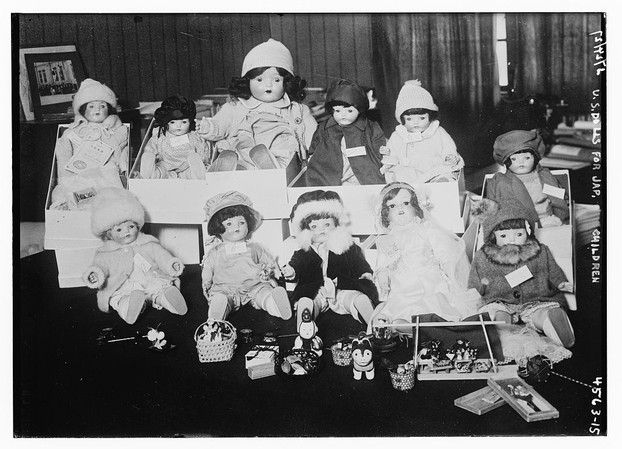
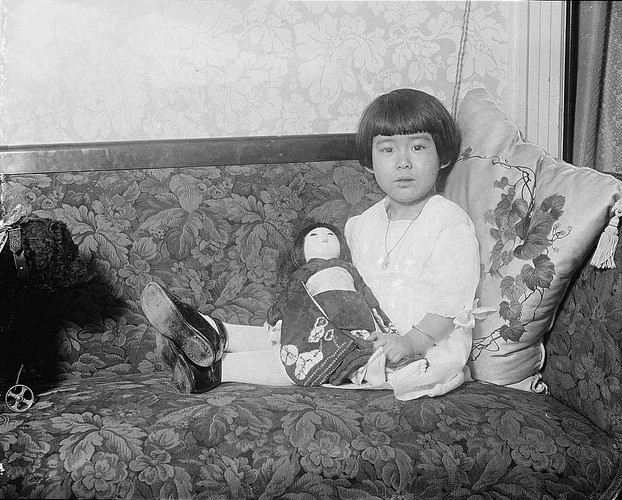
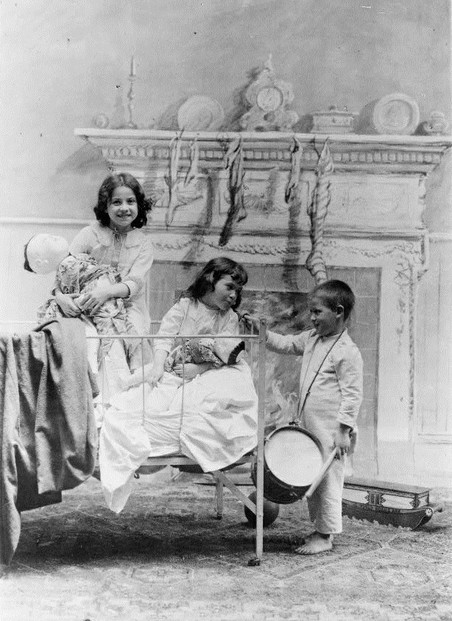



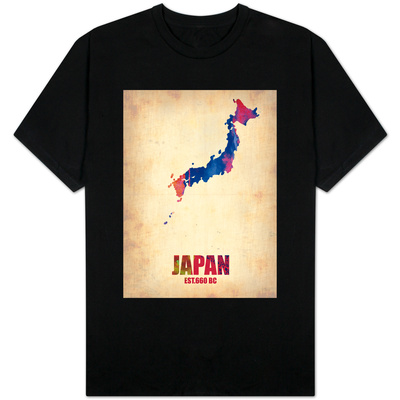

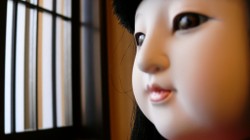

 Are Hawaiian Huakai Po Nightmarchers Avenging Halloween Thursday?on 10/02/2024
Are Hawaiian Huakai Po Nightmarchers Avenging Halloween Thursday?on 10/02/2024
 Mailing Addresses for 2023 Form 4868 Extending 1040 and 1040SR April 15, 2024, Due Dateon 04/15/2024
Mailing Addresses for 2023 Form 4868 Extending 1040 and 1040SR April 15, 2024, Due Dateon 04/15/2024
 Mailing Addresses for 2023 Forms 1040 and 1040SR Filed in 2024on 04/15/2024
Mailing Addresses for 2023 Forms 1040 and 1040SR Filed in 2024on 04/15/2024
 Mailing Addresses for 2022 Form 4868 Extending 1040 and 1040SR April 18, 2023, Due Dateon 04/13/2023
Mailing Addresses for 2022 Form 4868 Extending 1040 and 1040SR April 18, 2023, Due Dateon 04/13/2023

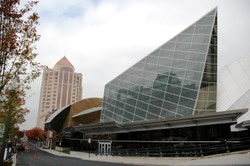
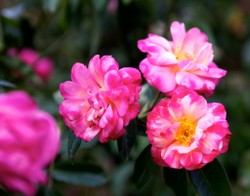
Comments